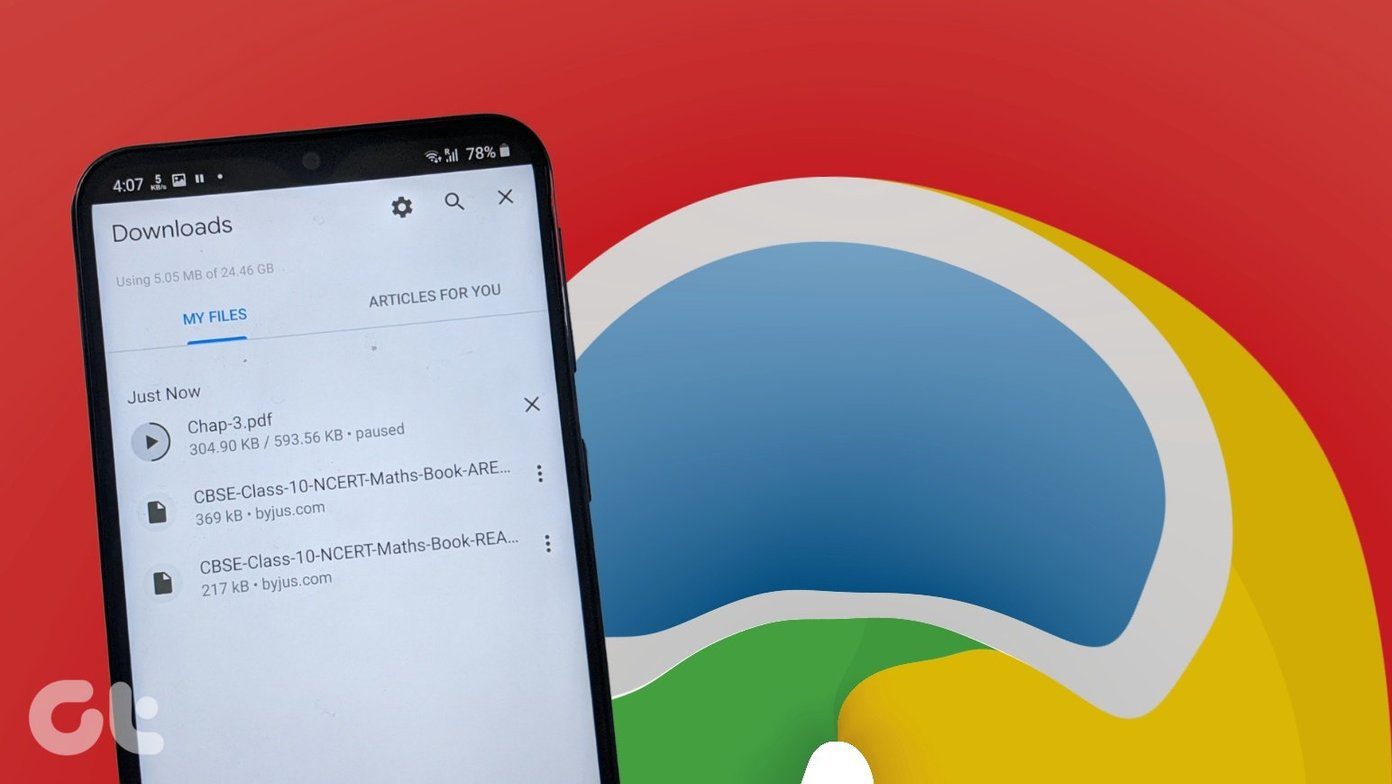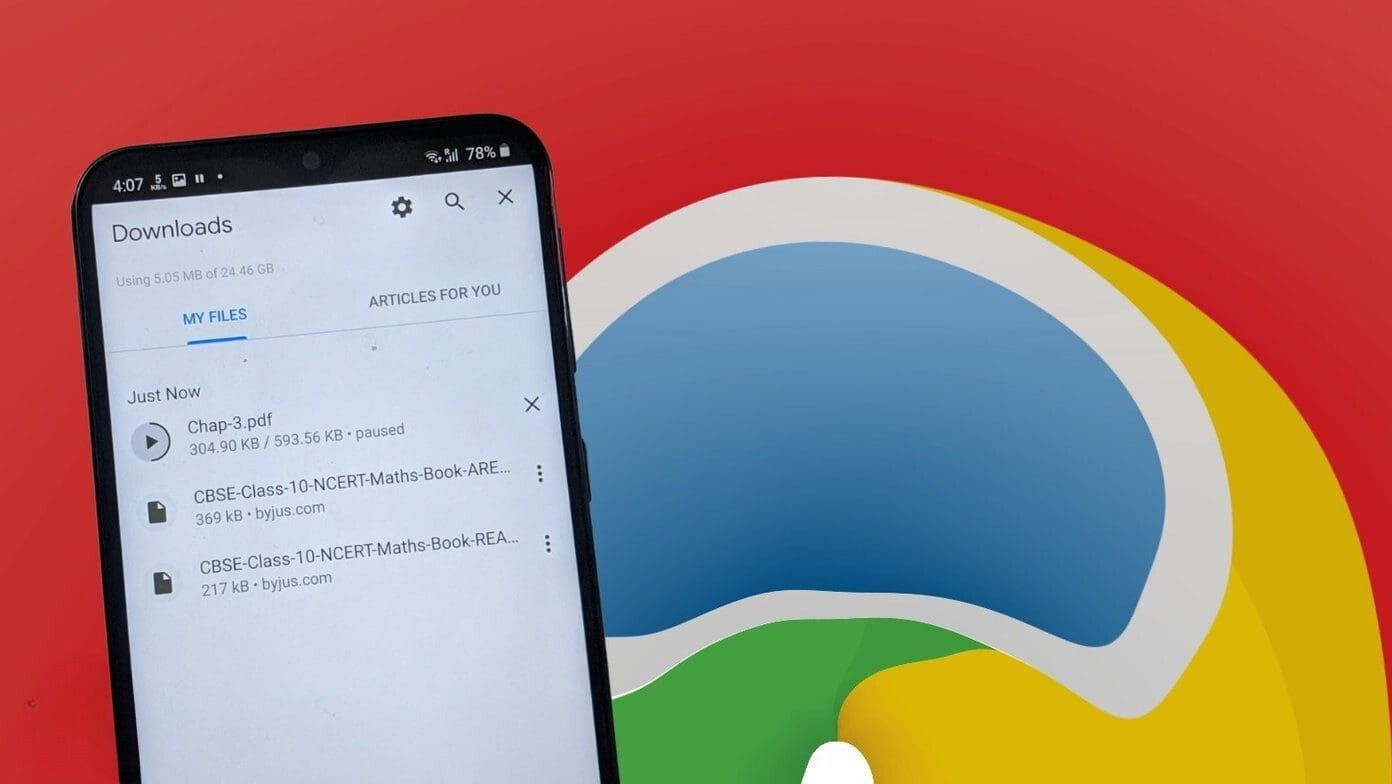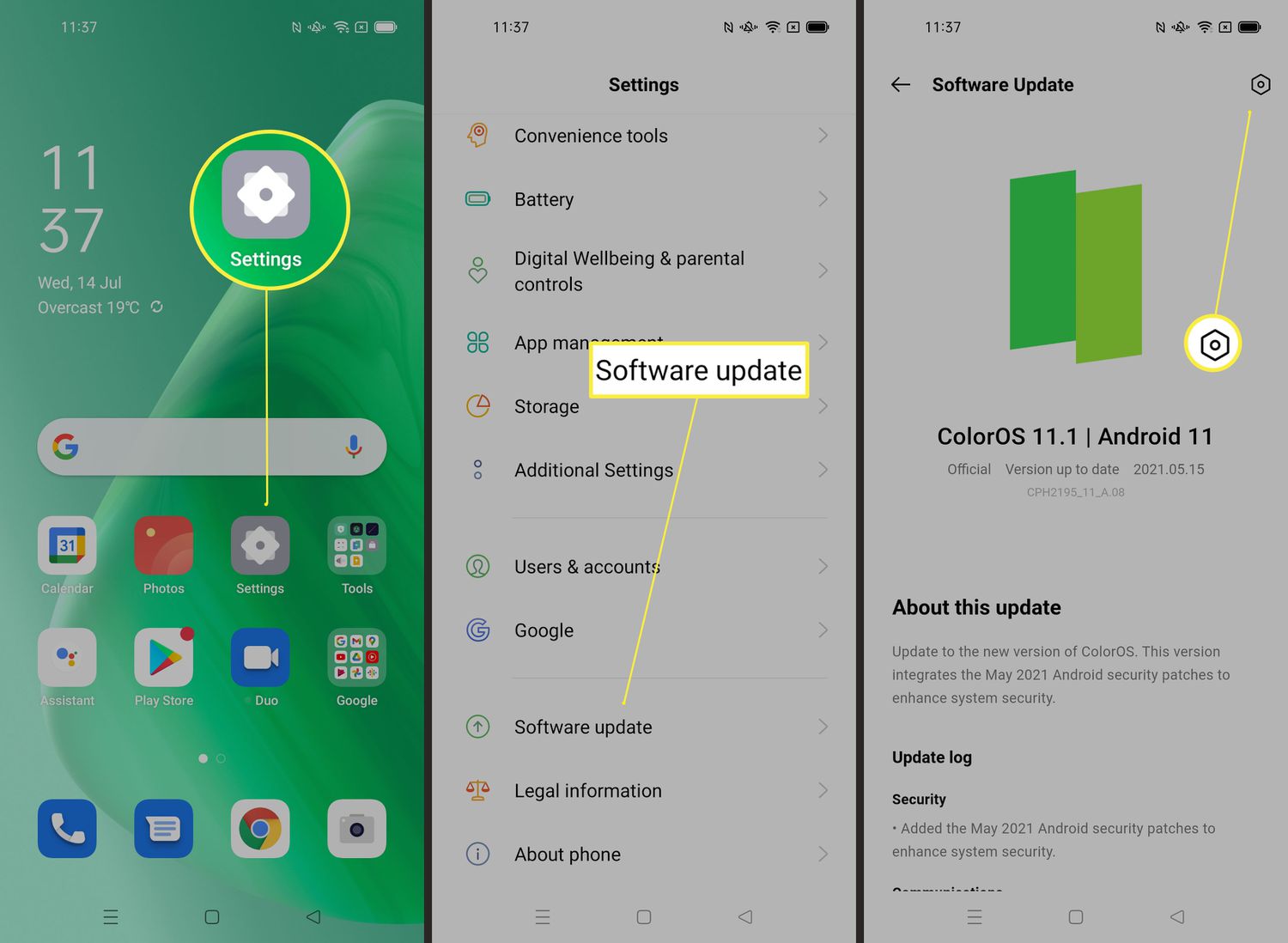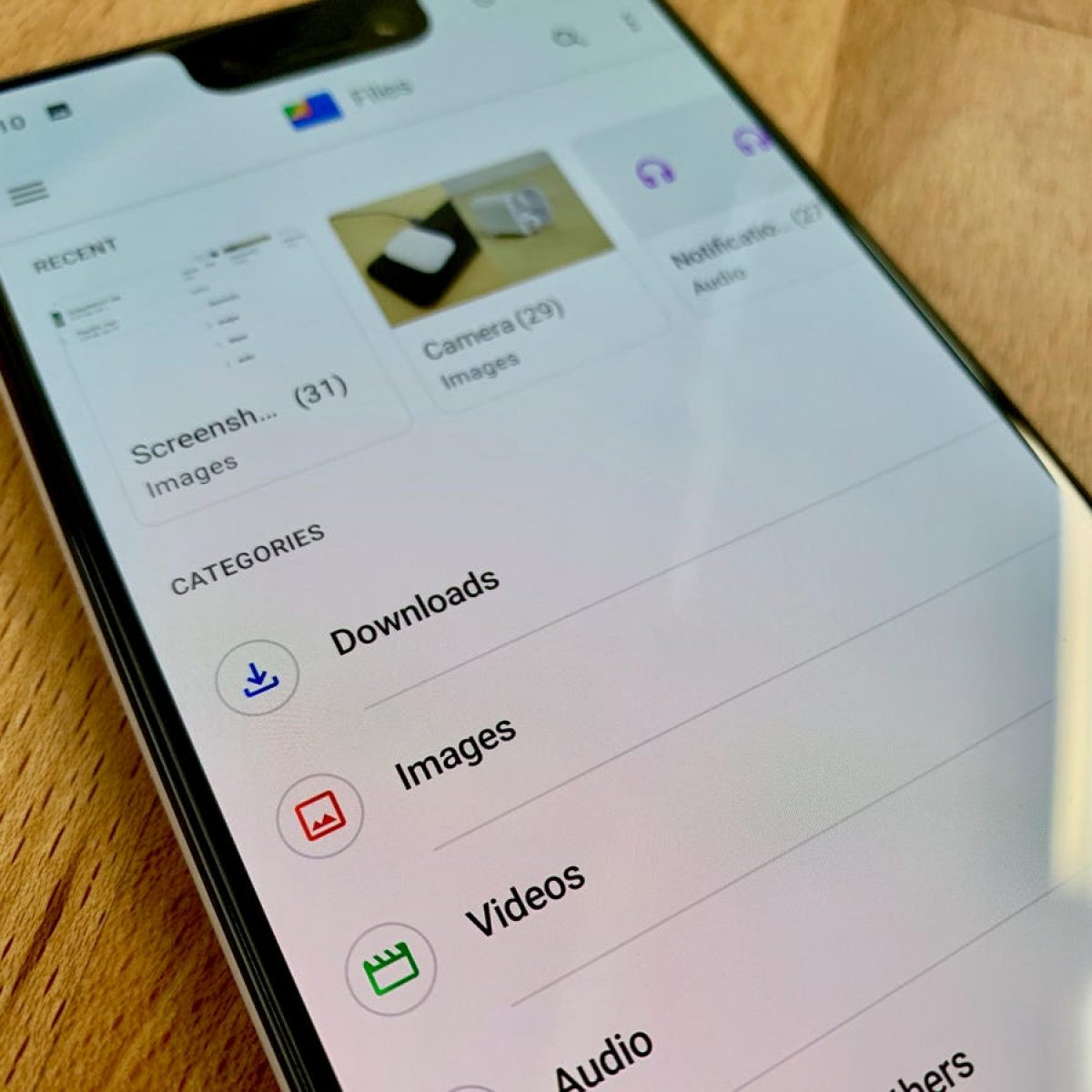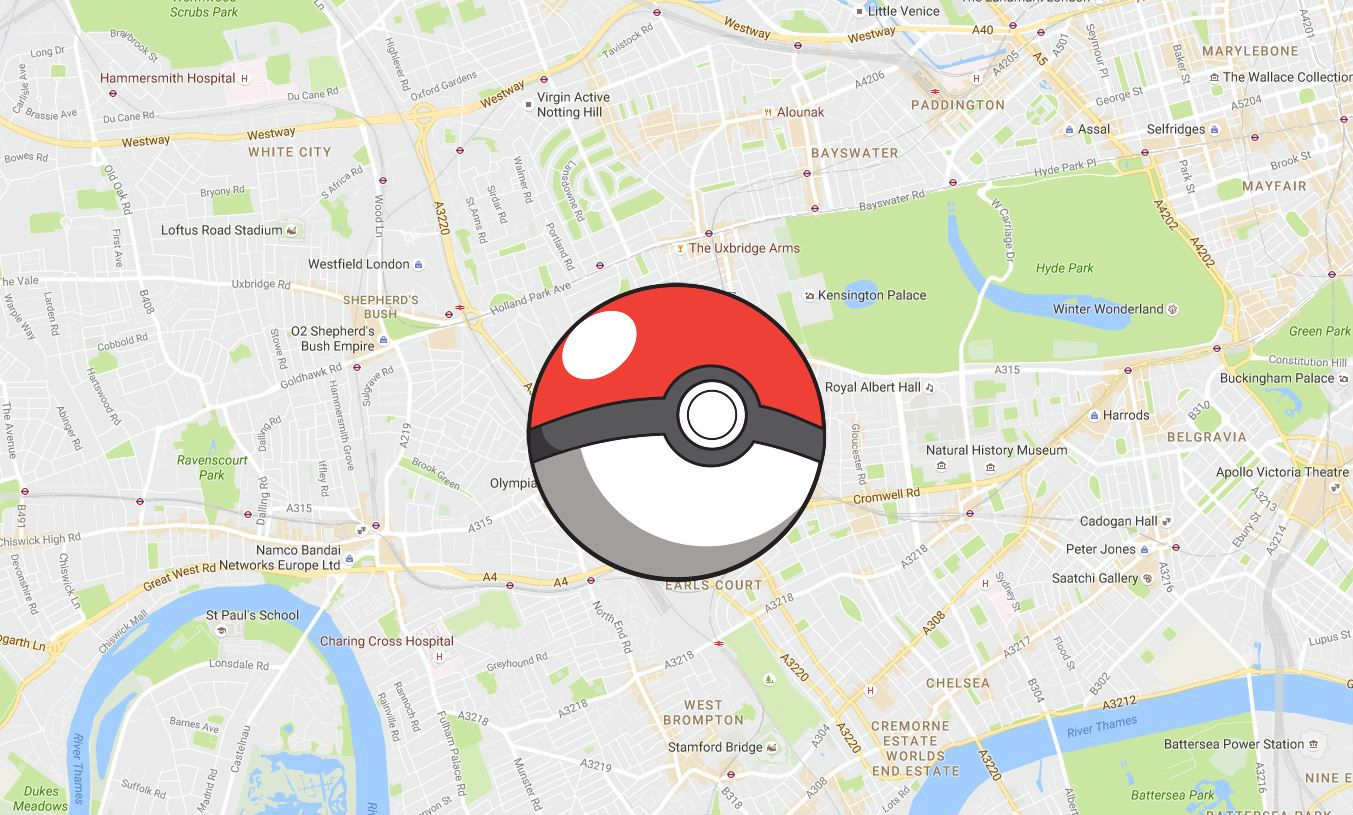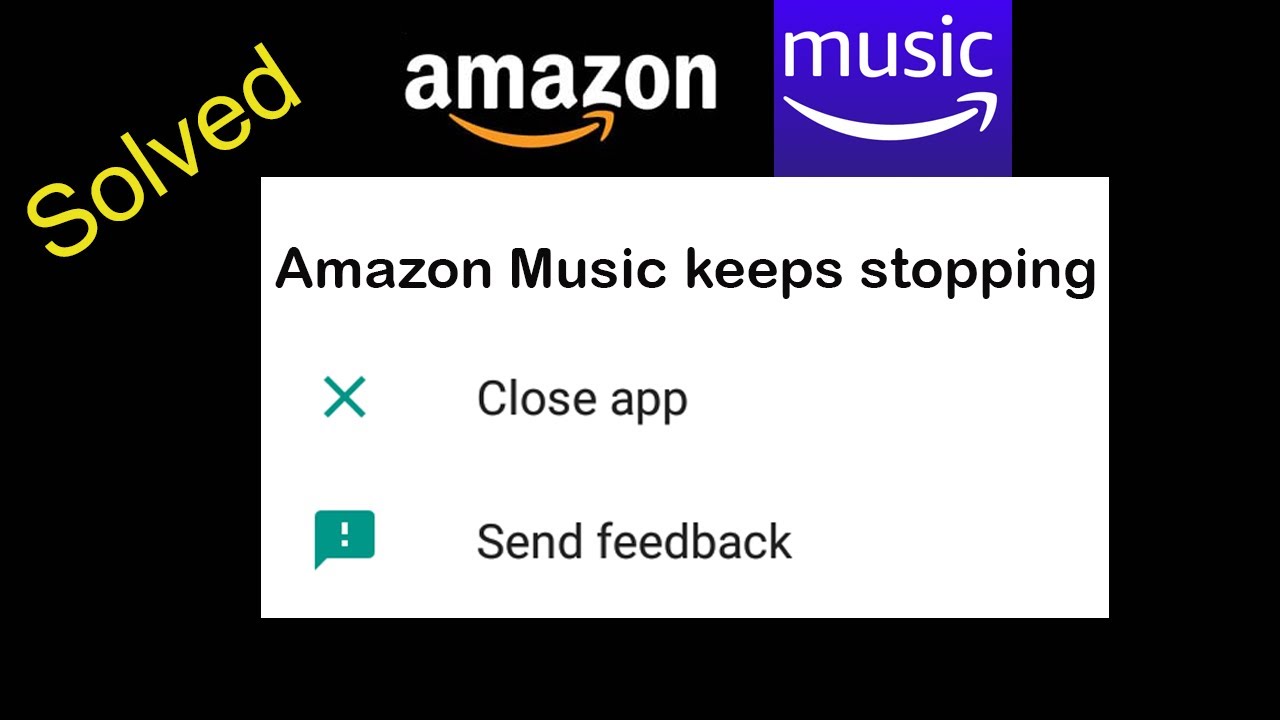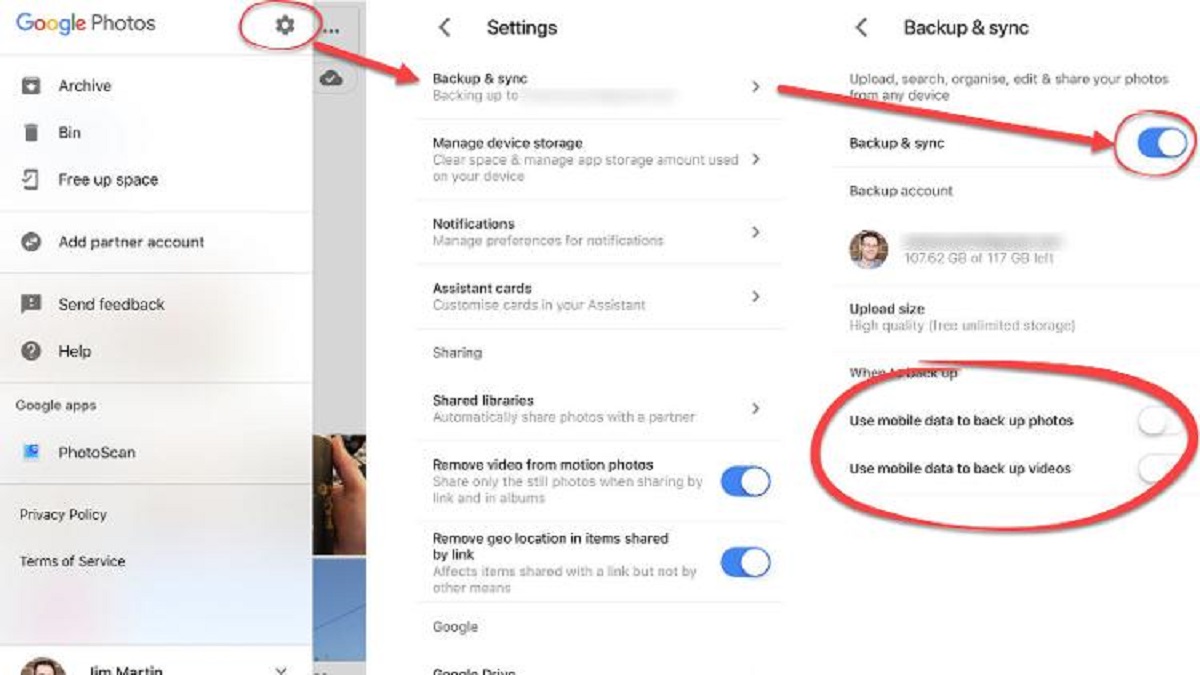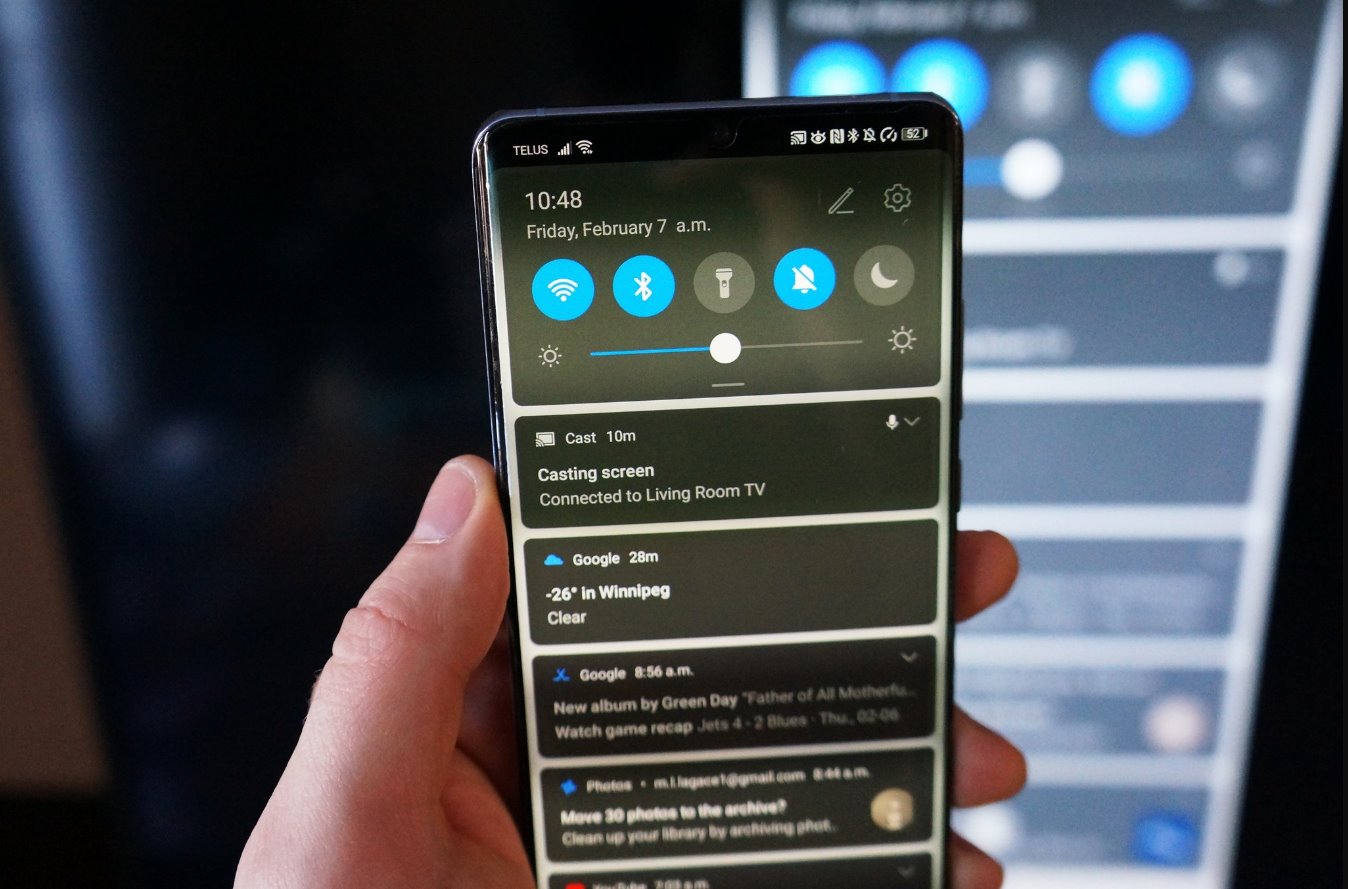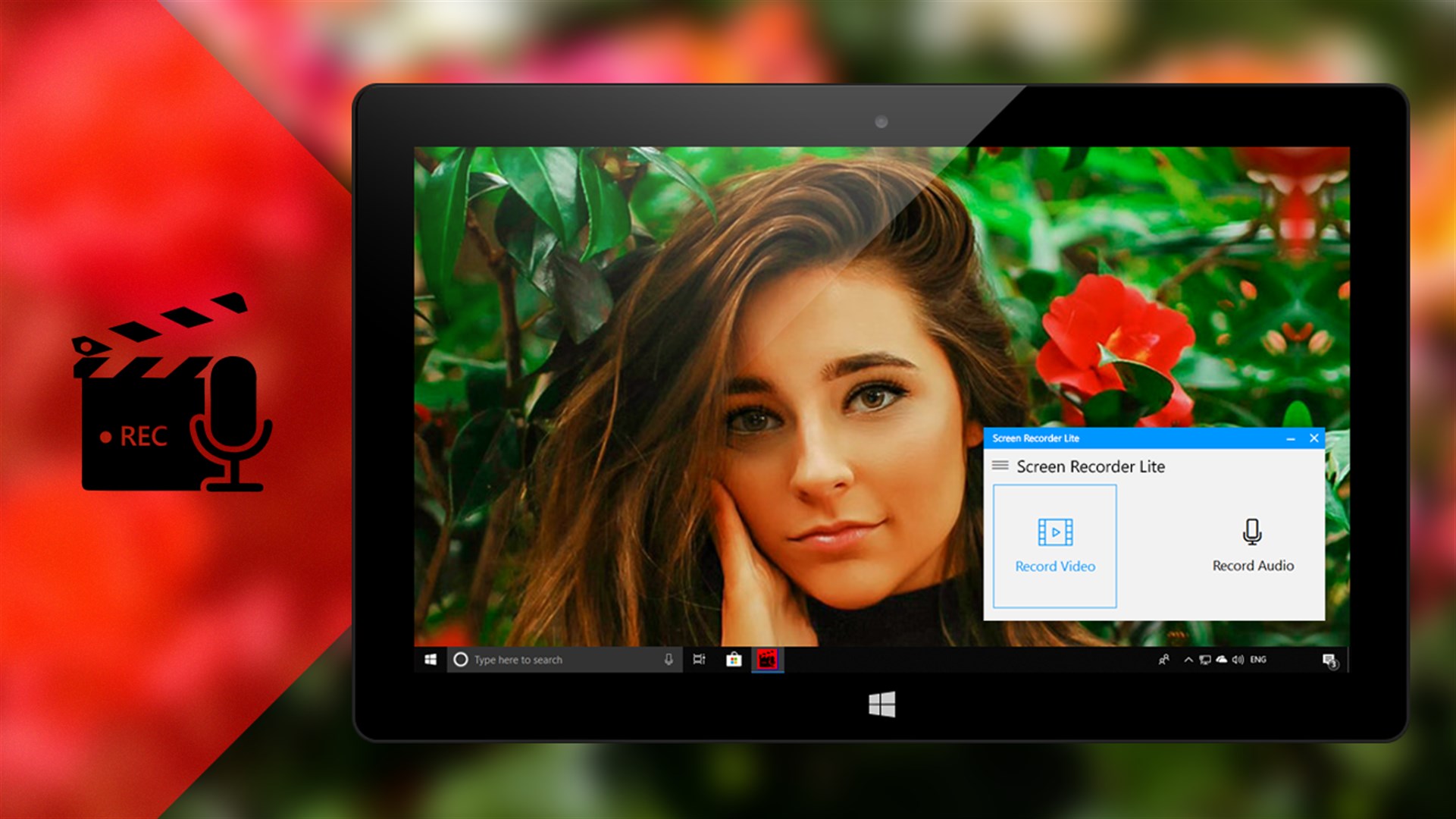Introduction
Welcome to the world of Android, where endless possibilities and convenience await. Android devices have revolutionized the way we communicate, entertain, and access information. However, with great power comes great responsibility, and one of the challenges that Android users often face is managing data consumption.
Have you ever noticed that your data gets consumed at an alarming rate, even when you’re not actively using your Android device? The culprit behind this mysterious data drain could be Google Download. But what exactly is Google Download, and why is it consuming your precious data?
In simple terms, Google Download refers to the automatic updates and downloads that occur in the background on your Android device. This process allows Google apps and services, such as the Google Play Store, Google Play Services, and Google apps, to stay up-to-date, ensuring the smooth functioning of your device and the latest features and security patches.
While it’s essential to keep your apps and services updated, the constant background downloads can result in significant data consumption, which can be a concern if you have limited data plans or are on a tight budget. Moreover, these background downloads can also slow down your device, drain your battery life, and hog your device’s memory.
The good news is that you have the power to take control of your data usage and put an end to these relentless Google Downloads. In this article, we will explore several methods to stop Google Download on your Android device, allowing you to manage your data consumption effectively and avoid any undesired surprises on your monthly bill.
So, if you’re ready to regain control over your data usage and maintain a seamless Android experience, let’s dive into the methods that can help you stop Google Download on your Android device.
What is Google Download?
Google Download, as mentioned earlier, refers to the automatic updates and downloads that take place in the background on your Android device. These downloads are primarily initiated by Google apps and services, ensuring that you have the latest versions of the apps, security patches, and other important updates.
The purpose of Google Download is to keep your device running smoothly, improve app performance, and enhance your overall user experience. It allows you to access new features, bug fixes, and security enhancements without having to manually update each app individually.
Google Download is responsible for updating various Google services, including the Google Play Store, Google Play Services, Google Chrome, Google Maps, Gmail, and other pre-installed Google apps on your device.
When your device is connected to the internet, Google Download periodically checks for updates and downloads them in the background. This process can occur over Wi-Fi or mobile data, depending on your device’s settings.
Google Download operates silently in the background, without requiring any input or intervention from the user. However, this convenience comes at a cost – data consumption. The frequent updates and downloads performed by Google Download can consume a significant amount of your data, especially if you have multiple apps installed on your device.
While staying updated is important, it’s crucial to strike a balance between maintaining the latest versions of your apps and managing your data consumption effectively. In the following sections, we will explore various methods to stop or limit Google Download on your Android device, helping you take control of your data usage without compromising on essential updates.
Why is Google Download consuming my data?
Google Download consumes your data because it constantly checks for updates and downloads them in the background to keep your apps and services up-to-date. However, the amount of data consumed can vary depending on several factors:
- Number of Installed Apps: The more apps you have installed, the more updates and downloads will be triggered by Google Download. Each app requires updates to fix bugs, enhance performance, and introduce new features, which can lead to increased data usage.
- Frequency of Updates: Some apps receive updates more frequently than others. Apps that are regularly updated will trigger more downloads, resulting in higher data consumption through Google Download.
- Size of Updates: The size of updates can vary greatly. Larger updates will consume more data, especially if you have several apps with significant updates to be downloaded.
- Settings and Permissions: Certain settings and permissions may enable automatic downloads for specific apps, such as automatic app updates in the Google Play Store or background data access for certain Google services. These settings can contribute to increased data usage through Google Download.
- Network Connectivity: If you have limited access to Wi-Fi and rely on mobile data for internet connectivity, Google Download will use your mobile data to perform updates. This can quickly deplete your data allowance if not managed effectively.
It’s important to note that while Google Download is necessary for keeping your device up-to-date and ensuring optimal performance, it can potentially consume a significant amount of data if left unchecked. However, with the right strategies and techniques, you can take control of your data usage and minimize the impact of Google Download on your data plan.
In the following sections, we will explore various methods and settings that you can utilize to stop or limit Google Download on your Android device, helping you manage your data consumption more efficiently without compromising on essential updates.
Steps to stop Google Download on Android
If you’re concerned about the data consumption caused by Google Download on your Android device, don’t worry! There are several methods and settings that you can implement to stop or limit Google Download. Let’s explore these steps below:
- Method 1: Disabling Network Data for Google Download: One effective way to stop Google Download is to disable network data specifically for Google Download. You can achieve this by going to the Settings menu on your Android device, selecting “Apps” or “Applications,” finding and selecting “Google Download,” and then disabling network data access for this particular app.
- Method 2: Clearing Cache and Data of Google Download: Clearing the cache and data of the Google Download app can help stop ongoing downloads and free up storage space on your device. To do this, go to the Settings menu, select “Apps” or “Applications,” find and select “Google Download,” and then choose the options to clear cache and clear data.
- Method 3: Disabling Automatic Updates for Google Download: By disabling automatic updates for Google Download, you can control when updates are downloaded and installed. Open the Google Play Store, tap on the Menu icon, go to Settings, select “Auto-update apps,” and choose “Don’t auto-update apps” or “Auto-update apps over Wi-Fi only.”
- Method 4: Uninstalling Updates for Google Download: If you’re experiencing excessive data consumption, you also have the option to uninstall updates for Google Download. In the Settings menu, select “Apps” or “Applications,” find and select “Google Download,” and then choose the option to uninstall updates.
- Method 5: Restricting Background Data for Google Download: Limiting the background data usage for Google Download can help reduce data consumption. To do this, go to the Settings menu, select “Apps” or “Applications,” find and select “Google Download,” choose the option to restrict background data, and confirm the selection.
- Method 6: Using Data Saver to control Google Download usage: Android devices offer a built-in Data Saver feature that allows you to control which apps can use your mobile data. Open the Settings menu, select “Network & internet,” go to “Data usage,” tap on “Data Saver,” and enable the feature. You can then customize the settings to include or exclude Google Download from using your mobile data.
By following these steps, you can take control of your data usage and effectively stop or limit Google Download on your Android device. Remember to choose the methods that best suit your preferences and needs, and regularly monitor your data consumption to ensure optimal efficiency.
Method 1: Disabling Network Data for Google Download
If you want to put a stop to Google Download and prevent it from consuming your precious data, one effective method is to disable network data specifically for the Google Download app on your Android device.
Here are the steps to disable network data for Google Download:
- Go to the Settings menu on your Android device. You can usually find it by swiping down from the top of the screen and tapping on the gear icon, or by locating the Settings app in your app drawer.
- In the Settings menu, look for “Apps,” “Applications,” or a similar option, and tap on it. This will bring up a list of all the apps installed on your device.
- Scroll through the list of apps and find “Google Download.” The exact name may vary depending on the device and Android version you’re using.
- Once you’ve located “Google Download,” tap on it to access its settings.
- In the Google Download settings, look for the option to control network data access. This option may be labeled as “Mobile data” or “Background data.”
- Toggle the switch or checkbox to disable network data access for Google Download. This will prevent the app from using your mobile data connection for any downloads or updates.
- You can also choose to disable the app’s Wi-Fi data access if you only want to allow downloads and updates when connected to Wi-Fi.
- After disabling network data for Google Download, exit the settings and observe that the app will no longer consume data in the background.
By disabling network data for Google Download, you have effectively halted its ability to consume your data for automatic updates and downloads. However, it’s important to note that this means you’ll need to manually update your apps and services as and when desired, ensuring that you don’t miss out on important security patches and feature enhancements.
This method provides you with greater control over your data usage and allows you to make informed decisions about when and how updates are downloaded on your Android device. It’s particularly useful if you’re on a limited data plan or want to have more control over your data consumption for other purposes.
Now that you’ve learned how to disable network data for Google Download, you’re ready to take the reins and manage your data usage effectively. However, there are other methods you can explore to further optimize your data consumption. In the following sections, we will delve into additional techniques to stop Google Download on your Android device.
Method 2: Clearing Cache and Data of Google Download
If you’re experiencing excessive data consumption caused by Google Download on your Android device, clearing the cache and data of the Google Download app can help stop ongoing downloads and free up valuable storage space.
Let’s take a look at the steps to clear the cache and data of Google Download:
- Open the Settings menu on your Android device. You can usually access it by swiping down from the top of the screen and tapping on the gear icon, or by locating the Settings app in your app drawer.
- In the Settings menu, look for “Apps,” “Applications,” or a similar option, and tap on it to view the list of installed apps.
- Scroll through the app list and find “Google Download.” The name may vary slightly depending on your device and Android version.
- Tap on “Google Download” to access its settings and information.
- In the Google Download settings, you’ll find options such as “Storage,” “Storage usage,” or “Memory.” Tap on this option to proceed.
- You’ll now see information about the storage usage of Google Download, including the amount of cache and data it has accumulated.
- Tap on the “Clear cache” button to remove the temporary files stored by Google Download. This action will not delete any personal data or settings.
- If you want to free up more space and stop ongoing downloads, you can also choose to tap on the “Clear data” button. This action will reset the app to its default state, removing all downloaded files and potentially requiring you to sign in again.
- Confirm your selection when prompted and wait for the cache and data to be cleared.
- After the process is complete, exit the settings and observe that any ongoing downloads by Google Download have stopped, helping conserve your precious data.
By clearing the cache and data of Google Download, you effectively halt any ongoing downloads and free up storage space on your device. This not only helps reduce data consumption but also ensures that your device functions smoothly without any unnecessary clutter.
However, keep in mind that clearing the data of Google Download will reset the app to its default state, and you may need to sign in again or reconfigure certain settings. It’s important to weigh the benefits of clearing data against any inconvenience it may cause.
Now that you’re familiar with clearing the cache and data of Google Download, you can take control of your data usage and optimize the performance of your Android device. In the subsequent sections, we’ll explore more methods to stop Google Download and manage your data consumption effectively.
Method 3: Disabling Automatic Updates for Google Download
If you want to have more control over when updates are downloaded and installed by Google Download, you can disable automatic updates for the app. This allows you to decide when and how updates are performed, helping you manage your data consumption more effectively.
Follow these steps to disable automatic updates for Google Download:
- Open the Google Play Store app on your Android device.
- Tap on the menu icon, which is usually represented by three horizontal lines or a hamburger icon, located in the top-left corner of the screen.
- From the menu, select “Settings.” This will take you to the settings menu for the Google Play Store.
- In the settings menu, scroll down until you find the “Auto-update apps” option. Tap on it to access the available options.
- From the auto-update apps options, you can choose between three different settings:
- Do not auto-update apps: This option completely disables automatic updates for all apps on your device, including Google Download. Updates will only occur when you manually initiate them.
- Auto-update apps over Wi-Fi only: With this option selected, your apps, including Google Download, will only update when your device is connected to a Wi-Fi network. Updates will not download using your mobile data.
- Auto-update apps at any time: This is the default setting. It allows all apps, including Google Download, to automatically update whenever updates are available, regardless of the network connection.
- Select the option that best suits your preferences and usage habits. If you want to prevent Google Download from consuming your data, either choose the option to update apps over Wi-Fi only or disable automatic updates completely.
- Exit the settings menu, and your changes will take effect immediately.
By disabling automatic updates for Google Download, you have the power to determine when updates are downloaded and installed on your Android device. This helps you control your data usage and ensures that updates are performed at your convenience.
However, it’s important to remember that disabling automatic updates means you’ll need to manually update your apps, including Google Download, from the Google Play Store. Regularly check for updates and ensure that you install them to benefit from improved functionality, bug fixes, and security patches.
Now that you know how to disable automatic updates for Google Download, you can customize your update preferences according to your data plan and usage preferences. In the subsequent sections, we will explore more methods to stop Google Download and optimize your data consumption.
Method 4: Uninstalling Updates for Google Download
If you’re experiencing excessive data consumption or encountering issues with Google Download, one option is to uninstall the updates for the app. This will revert the app to its original version, removing any previous updates and potentially resolving any problems you may have been experiencing.
Follow these steps to uninstall updates for Google Download on your Android device:
- Go to the Settings menu on your Android device. You can usually access it by swiping down from the top of the screen and tapping on the gear icon, or by locating the Settings app in your app drawer.
- In the Settings menu, look for “Apps,” “Applications,” or a similar option, and tap on it to view the list of installed apps.
- Scroll through the app list and find “Google Download.” The name may vary slightly depending on your device and the version of Android you’re using.
- Tap on “Google Download” to access its settings and information.
- In the Google Download settings, look for the option to uninstall updates. This may be labeled as “Uninstall updates,” “Uninstall app updates,” or something similar.
- Tap on the option to uninstall updates, and then confirm your selection when prompted.
- Wait for the uninstallation process to complete. This may take a few seconds or minutes, depending on your device and the size of the updates.
- Once the updates are uninstalled, Google Download will revert to its original version. It will no longer consume data at the same rate as before.
By uninstalling updates for Google Download, you have effectively removed any previous updates and potential bugs or issues that may have been causing excessive data consumption. This can help improve the overall performance of the app and reduce the strain on your data plan.
However, it’s important to note that uninstalling updates means you’ll be using an older version of Google Download. If newer updates provided important features, bug fixes, or security enhancements, you might miss out on them. It’s recommended to periodically check for updates and reinstall them if necessary to ensure you have the most up-to-date version of the app.
Now that you know how to uninstall updates for Google Download, you have another method at your disposal to manage your data usage effectively. In the following sections, we will explore additional techniques to stop Google Download and optimize your data consumption on your Android device.
Method 5: Restricting Background Data for Google Download
If you want to minimize data consumption by Google Download on your Android device, restricting background data can be an effective method. By limiting the app’s access to mobile data in the background, you can have more control over your data usage and ensure that it is utilized only when necessary.
Follow these steps to restrict background data for Google Download:
- Open the Settings menu on your Android device.
- Look for the “Apps,” “Applications,” or a similar option, and tap on it to view the list of installed apps.
- Scroll through the list and find “Google Download.” The app’s name may vary slightly depending on your device and Android version.
- Tap on “Google Download” to access its settings and information.
- In the Google Download settings, look for the option to restrict background data. This may be labeled as “Restrict background data,” “Background data usage,” or something similar.
- Toggle the switch or checkbox to enable background data restriction for Google Download. This will prevent the app from using mobile data in the background.
- You may also have the option to choose “Allow only while using the app” or similar settings, which will restrict background data usage to when you actively use the Google Download app.
- Exit the settings, and the background data restriction for Google Download will be in effect immediately.
By restricting background data for Google Download, you have successfully limited the app’s ability to use mobile data when running in the background. This helps conserve your data and prevents unnecessary data consumption, especially when you’re not actively using the app.
However, it’s important to note that certain features or functionalities of Google Download may be affected when background data is restricted. For example, app updates may not be downloaded automatically, and notifications may be delayed. Consider the trade-off between data savings and the convenience of automatic updates when deciding to restrict background data.
Now that you know how to restrict background data for Google Download, you can have more control over your data usage and optimize your Android device for efficient data consumption. In the subsequent sections, we will explore more methods to stop Google Download and take charge of your data usage.
Method 6: Using Data Saver to control Google Download usage
If you’re looking for a built-in solution to control data usage specifically for Google Download and other apps on your Android device, the Data Saver feature can be a powerful tool. It allows you to customize which apps can use your mobile data and helps you conserve data by minimizing background data usage.
Here’s how you can use Data Saver to control Google Download usage:
- Open the Settings menu on your Android device.
- Look for “Network & internet,” “Connections,” or a similar option, and tap on it to access network settings.
- In the network settings, find and tap on “Data usage” or a similar option that allows you to manage data usage on your device.
- Scroll down and look for the “Data Saver” option. It may be located within a “Mobile data” or “Cellular data” section.
- Tap on “Data Saver” to access its settings.
- Enable the Data Saver feature by toggling the switch or checkbox. This will activate the data-saving functionality.
- Once Data Saver is enabled, you can further customize its settings. Look for the option to “Unrestricted data” or “Allow app while Data Saver is on.”
- Tap on the option and search for “Google Download” in the list of apps.
- Select “Google Download” to allow unrestricted data usage even when Data Saver is enabled. This ensures that the app can receive updates and downloads without any restrictions.
- Exit the settings, and Data Saver will be in effect immediately, controlling Google Download usage and optimizing your data consumption.
By using Data Saver to control Google Download usage, you have the ability to allow or restrict the app’s access to mobile data based on your preferences. This helps you conserve data and prioritize its usage, ensuring that important updates and downloads are still received while minimizing unnecessary consumption.
Keep in mind that enabling Data Saver may limit background data usage for other apps as well, depending on your settings. It’s a good practice to review and adjust the Data Saver settings periodically to ensure optimal data management on your Android device.
Now that you’re familiar with using Data Saver to control Google Download usage, you have a powerful tool at your disposal to manage and optimize your data consumption. In the following sections, we will explore additional techniques to stop Google Download and further enhance your control over data usage.
Frequently Asked Questions (FAQs)
Q1: Can I completely stop Google Download on my Android device?
A1: While it’s not possible to completely stop Google Download since it’s responsible for keeping your apps and services up-to-date, you can follow the methods mentioned earlier to limit or control its data consumption. These methods allow you to manage when and how updates are downloaded on your device.
Q2: Will disabling Google Download affect the performance of my Android device?
A2: Disabling Google Download will prevent automatic updates and downloads, which may affect the performance of your device in terms of feature enhancements and security patches. However, it can also help conserve data and improve device performance by reducing background processing. It’s important to weigh the benefits and drawbacks based on your specific needs and data plan.
Q3: What if I need to update apps on my Android device but don’t want to consume excessive data?
A3: You have the option to manually update individual apps by going to the Google Play Store and selecting “Update” for specific apps. By doing this, you can ensure that important updates are installed while minimizing data usage.
Q4: Will limiting background data for Google Download affect other Google services?
A4: Restricting background data for Google Download will only affect the app itself and not other Google services. Other Google services will continue to function normally and receive updates independently.
Q5: Is it necessary to update Google Download itself?
A5: Updating Google Download is important to ensure that the app functions smoothly and securely. While you can choose to disable automatic updates, it’s recommended to periodically check for updates manually and install them to benefit from improved features and security enhancements.
These are some of the frequently asked questions about stopping Google Download on Android devices. Keep in mind that the methods described in this article provide options to manage and optimize data consumption while still allowing for necessary updates. Customize the settings and techniques based on your preferences and data plan to have a better control over Google Download and data usage on your Android device.
Conclusion
Managing data consumption on your Android device, especially when it comes to Google Download, is crucial to avoid exceeding data limits and unexpected charges. The methods and strategies discussed in this article offer practical solutions to stop or limit Google Download, allowing you to take control of your data usage without compromising on essential updates.
By disabling network data, clearing cache and data, disabling automatic updates, uninstalling updates, restricting background data, or using Data Saver, you can customize how Google Download functions on your device. These methods help optimize data consumption, conserve storage space, and improve overall device performance.
It’s important to consider the trade-offs when implementing these methods. Disabling automatic updates or restricting background data may result in delayed or manual updates. However, finding the right balance based on your data plan, preferences, and needs is key to managing data effectively.
Always remember to regularly check for updates and install them when necessary to ensure ongoing functionality, bug fixes, and security patches for Google Download and other apps on your Android device.
With the knowledge and tools presented in this article, you can now confidently take charge of your data usage and make informed decisions about how Google Download operates on your Android device. Enjoy a seamless Android experience while keeping your data consumption under control!







